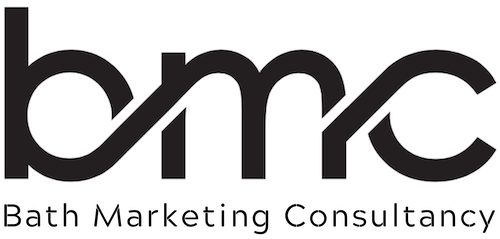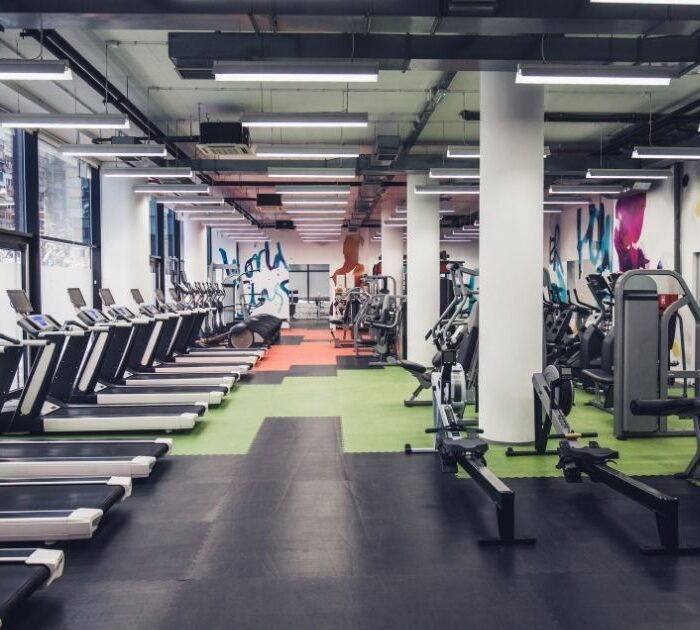1. Public Relations (PR)
PR focuses on managing a company’s public image through media coverage, press releases, and brand storytelling. It’s about creating positive brand awareness and credibility.
📌 Example: A company launching a new product might send out a press release to industry magazines, aiming for media coverage.
✅ Pros:
✔ Builds trust and credibility.
✔ Can generate valuable, organic media exposure.
✔ Enhances brand reputation without direct advertising costs.
❌ Cons:
✖ No guaranteed media coverage.
✖ Less control over messaging compared to advertising.
✖ Results can take time to materialise.
2. Digital Marketing
Digital marketing covers all online promotional activities, including SEO, content marketing, PPC advertising, and social media marketing. It is data-driven and allows for precise targeting.
📌 Example: A business runs Google Ads to attract website visitors searching for a specific product or service.
✅ Pros:
✔ Highly measurable and trackable.
✔ Cost-effective compared to traditional marketing.
✔ Allows for precise audience segmentation.
❌ Cons:
✖ Requires ongoing updates and optimisation.
✖ Can be competitive and costly (especially PPC).
✖ Rapidly changing algorithms make it difficult to master.
3. Events & Conferences
Face-to-face interactions at industry events help build connections, partnerships, and credibility.
📌 Example: A software company attends a tech conference to showcase its latest product and network with potential clients.
✅ Pros:
✔ Excellent for networking and lead generation.
✔ Builds brand authority and trust.
✔ Allows for hands-on demonstrations.
❌ Cons:
✖ High costs (venue, travel, stand setup, etc.).
✖ Requires significant planning and resources.
✖ Not always easy to measure direct ROI.
4. Print Marketing
Print includes brochures, flyers, direct mail, and magazine advertisements—traditional but still effective ways of reaching customers.
📌 Example: A luxury hotel sends high-end brochures to potential clients, showcasing their services in a visually compelling way.
✅ Pros:
✔ Tangible and memorable.
✔ Less competition compared to digital inboxes.
✔ Ideal for high-value clients or local marketing.
❌ Cons:
✖ Higher production and distribution costs.
✖ Difficult to track effectiveness compared to digital campaigns.
✖ Can be less sustainable than digital alternatives.
5. Advertising (Traditional & Digital)
Advertising includes TV, radio, billboards, social media ads, and PPC—all designed to push a message to the audience.
📌 Example: A brand runs a Facebook ad campaign to target users interested in eco-friendly flooring.
✅ Pros:
✔ Provides instant visibility.
✔ Can be highly targeted (especially digital).
✔ Scalable to different budgets.
❌ Cons:
✖ Can be expensive (especially TV & radio).
✖ Digital ads require constant optimisation.
✖ Users may become desensitised to ads.
6. Social Media Marketing
Social media is an essential tool for engaging audiences, building communities, and driving brand awareness.
📌 Example: A fashion brand uses Instagram Reels to showcase new collections and engage followers.
✅ Pros:
✔ Builds customer relationships in real-time.
✔ Cost-effective (organic reach is free).
✔ Allows for precise audience targeting through paid campaigns.
❌ Cons:
✖ Requires ongoing content creation and engagement.
✖ Organic reach has declined, requiring more paid promotion.
✖ Managing multiple platforms can be time-consuming.
7. Email Marketing
A cost-effective tool for direct communication, email marketing helps businesses nurture leads and retain customers.
📌 Example: A company sends a monthly newsletter with special offers and industry insights.
✅ Pros:
✔ Highly measurable and trackable.
✔ Personalisation boosts engagement.
✔ Cost-effective compared to other channels.
❌ Cons:
✖ Risk of emails being ignored or marked as spam.
✖ Requires strong database management.
✖ Content must be engaging to prevent unsubscribes.
8. Search Engine Optimisation (SEO)
SEO is about optimising a website to appear in organic search results, driving long-term traffic without relying on paid ads.
📌 Example: A plumbing company optimises its website with local SEO to appear in Google searches for “plumbers near me.”
✅ Pros:
✔ Free, organic traffic over time.
✔ Increases brand credibility.
✔ Works 24/7 without ad spend.
❌ Cons:
✖ Results take time to show.
✖ Requires ongoing optimisation and technical knowledge.
✖ Algorithm updates can affect rankings.
Final Thoughts: Choosing the Right Mix
The most effective marketing strategy combines multiple tools to reach your audience across different touchpoints.
✅ For brand awareness – PR, advertising, and social media marketing.
✅ For lead generation – SEO, PPC, and email marketing.
✅ For customer engagement – Events, email marketing, and content marketing.
Marketing isn’t one-size-fits-all—it’s about finding the right balance that suits your business goals, budget, and audience. If you’re unsure which approach to take, consider working with a specialist to craft a tailored marketing strategy that delivers measurable results.
Need help with your marketing? Get in touch today!




